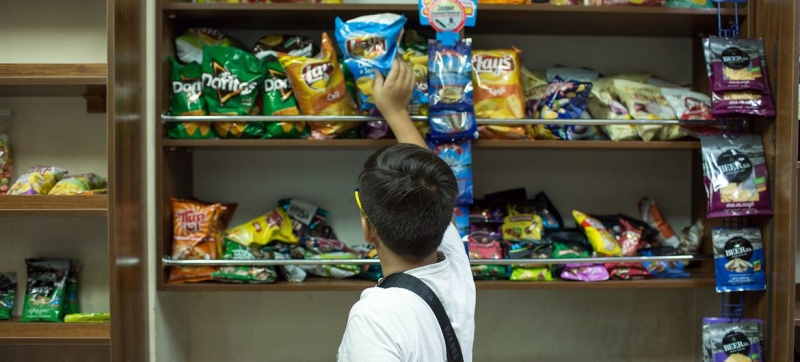
Teenagers are increasingly making unhealthy food choices. Poor teenagers in Europe are less likely to exercise and more likely to be obese Health
Adolescents from low-income families in the European region are at greater risk of obesity than their peers from high-income families. WHO experts came to this conclusion. They published a new report in which they spoke in detail about the lifestyle of modern teenagers.
Unhealthy eating
Adolescents in the WHO European Region, which includes Europe and Central Asia, are increasingly making unhealthy food choices, the report says. Fewer than 2 in 5 teens (38 percent) eat fruit or vegetables daily, and this rate declines with age: 45 percent of 11-year-olds but only 33 percent of 15-year-olds eat fruit regularly.
Conversely, consumption of sweets and sugary drinks remains high, with one in four teens (25 percent) reporting daily consumption of sweets or chocolate. The rate is higher among girls (28 percent) than boys (23 percent).
Report finds alarming link between socioeconomic status and unhealthy eating habits: Teens from Low-income families are more likely to drink sugary drinks (18 percent vs. 15 percent). There are also fewer of them who eat fruits (32 percent vs. 46 percent) and vegetables (32 percent vs. 54 percent) daily.
“Affordability of healthy food options is often limited for families with lower incomes, leading to greater reliance on processed and sugary foods, which can have detrimental effects on adolescent health,” said Martin Weber, WHO Europe spokesperson.
Overweight and Obesity
The prevalence of overweight and obesity among adolescents has long been a major public health problem: im& nbsp; (from it? Problems?) every fifth teenager suffers. This figure has increased since the last survey, from 21 percent in 2018 to 23 percent in 2022. Rates of overweight and obesity are higher among boys (27 percent) than girls (17 percent).
However, teenagers from poorer families are more likely to be overweight or obese: 27 percent, compared with 18 percent for their wealthier peers. These disparities highlight the urgent need to address the underlying socioeconomic factors that contribute to these trends.
Physical Inactivity
B The report also raises concerns about low levels of physical activity among adolescents. WHO recommends that young people get at least 60 minutes of moderate-to-vigorous exercise a day.
The report found that overall, only 25 percent of boys and 15 percent of girls follow this recommendation. This rate decreases with age, and the gender gap widens.
Socioeconomic inequalities are also evident in this area, with teenagers from wealthier families reporting higher levels of physical activity. Access to safe places to exercise and participation in organized sports may depend on household income.
Long-term effects
The differences highlighted in the report have far-reaching consequences. An unhealthy diet, lack of physical activity and excess weight can lead to heart disease, diabetes and some types of cancer in the long term. This puts additional strain on countries’ health systems and economies.
“Regular physical activity, a healthy diet and maintaining a healthy weight are essential elements of a healthy lifestyle,” commented Hans Kluge, Director of the WHO Regional Office for Europe. on their health and well-being today, but also on their future as adults,” he added.
WHO recommends that countries adopt a complex measures to address these problems, such as regulating food marketing and implementing programs at the school level to promote healthy eating and exercise.
Read also:
